One of my most favorite shows to watch is So You Think You Can Dance, and this season is proving to be exceptional no less. Mia Michaels, one of my two favorite choreographers and the one who did Celine Dion’s live Las Vegas show, offered a stunning interpretation of Ave Maria which left me emotionally moved and extremely impressed. With the 5 female dancers as her pigment, Mia used them to paint a portrait of despair, anguish and lost faith on the canvas of the dimly-lit stage. I was overwhelmed by its power, its beauty and the rich tones of despair and isolation that can be appreciated by both the secular and spiritual worlds. I have read a lot of reviews on this performance including the interpretations that the dancers are portraying angels, guardians, like the Virgin Mary prayed to in Catholicism, and who the song names.
I offer a different interpretation to this extraordinary piece. I recently gave myself a brief musical history lesson regarding this beautiful song, Ave Maria. The music goes back to J.S. Bach’s Prelude in C Major from The Well-Tempered Clavier. A French composer named Charles Gounod in 1859 added a melody and words based on the Hail Mary prayer, creating Ave Maria. Essentially a hymn this version has been done by both classical and popular singers. Though usually sung in Latin like in the Bach/Gounod version, Mia Michaels uses Celine Dion’s English Version of Schubert’s Ave Maria which lyrics are based from the Sir Walter Scott poem, Lady Of The Lake.
Ave Maria! Maiden mild!
Oh, listen to a maiden's prayer
For thou canst hear amid the wild
'Tis thou, 'tis thou canst save amid despair.
We slumber safely 'til the morrow
Though we've by man outcast, reviled
Oh, maiden, see a maiden's sorrow
Oh, Mother, hear a suppliant child!
Ave Maria!
Ave Maria is a prayer—a plea—to the Virgin Mary by young women (maidens) who have lost their faith, and as a result, been cast out of society (“we’ve by man outcast, reviled”). They are in a state of despair, with the full religious connotations that term implies: loss of faith, disconnection from God, souls in jeopardy. They are not quite fallen angels but they are forlorn, despondent, in anguish at the deepest spiritual level. They cling together and pray to Mary to regain their faith. Once you read the lyrics, the expressions on the dancers’ faces, the hand wringing and yearning looks, the writhing contortions all evocate the despair a fallen maiden may have felt. The make-up and costumes were absolutely integral to setting the tone. The dancers were angelic--notice the feathered sleeves, a symbol of angels without literal wings--pure, beautiful and innocent—and this made their despair all the more poignant. The choreography is no less symbolic—sensual female bodies engaged in some kind of religiously-inspired trance. Dichotomous to the angelic costuming are the clothing typical of prostitution and harlots of the time. The white corsets, the lacy pantaloons, the long unkept hair with braids about the faces suggest these women have been cast out of society because of promiscuity and are scorned and isolated. As to an adulterous woman, a fallen angel and isolated daughter of God, Christ offers hope and repentance to her when he tells those without guilt to cast the first stone. That layer of meaning is undoubtedly here, too, and adds a complexity and depth to the routine that penetrates us on almost a spiritual sub-conscious level.
The beginning of the piece is vital in setting tone and mood. We see the maidens seated on the front of the stage, long hair covering their faces (because, to be in despair is to be shamed); slumped posture conveying deep sadness and social scorning. The slow rolling out of this, wiping their hair from their faces, reveals their yearning expressions. Notice the yearning is distant, above the crowd, to suggest the longing is to belong to God and not man. The tension in their seated posture contrasts beautifully with their upper bodies waving and contorting as they begin to dance. And though the camera caught the group panoramas, like a haunted stage with ghostly images, it also captured some individual postures that expressed a maiden’s inner torment. The lighting was also moving, symbolizing the women’s spiritual emptiness and gloom. Near the end, we saw them on their knees in the supplicant posture, as Dion sings “hear a suppliant child”. And the final move, the hands reaching towards God, then clasping each other as they fall, together, into an exhausted sleep…perhaps slumbering safely ‘til the morrow’ when Christ ultimately judges and offers mercy and rest.
I could watch this dance over and over again. So I am including it on my blog. Random I know, but none the less—beautiful and worthy of sharing. Enjoy!
Wednesday, August 6, 2008
Subscribe to:
Post Comments (Atom)
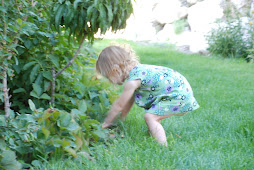
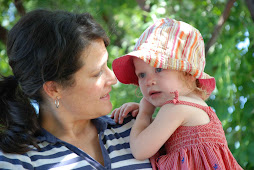

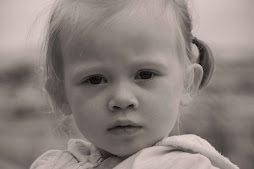



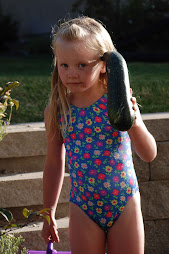









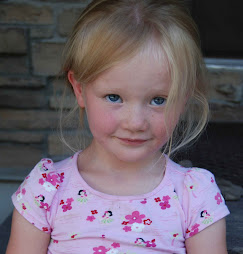




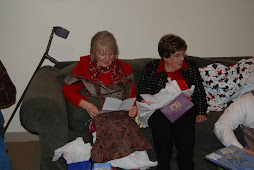







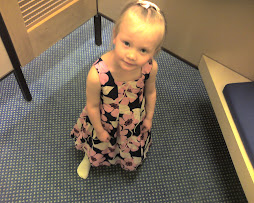












































No comments:
Post a Comment